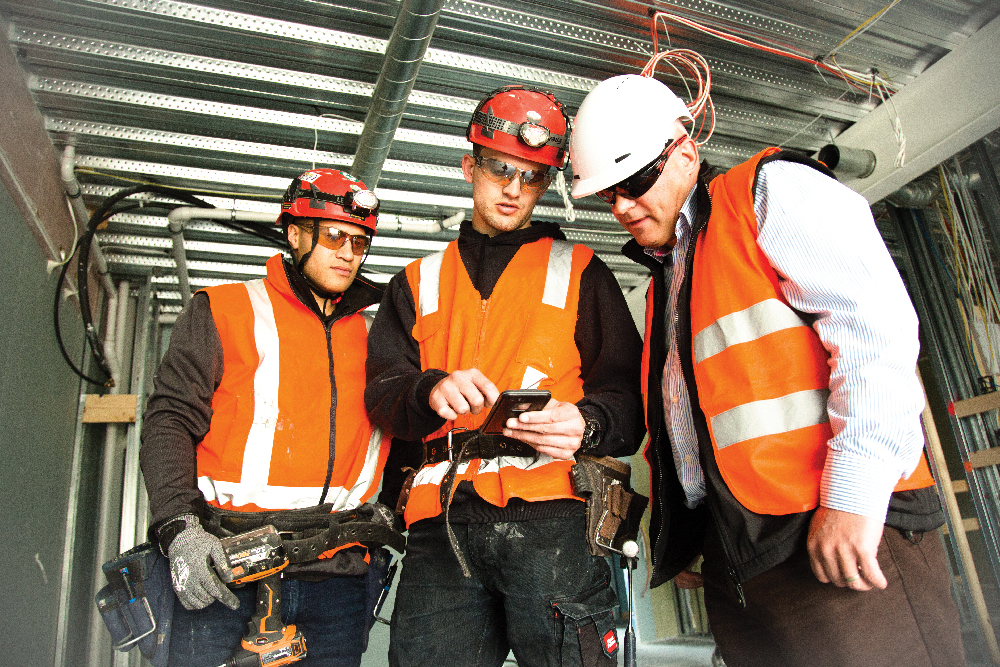The fire protection programmes provide a nationally recognised qualification that combines practical workplace training with technical knowledge. It equips people with the skills to install, test, maintain, and commission a range of fire protection systems, including fixed systems (like sprinklers and special hazard systems), fire detection and alarm systems, passive fire protection components, and hand-operated firefighting equipment. Training covers system installation, system testing and inspection, compliance with building codes and relevant standards, and documentation procedures.
Benefits of these programmes
• Nationally recognised qualifications built to industry standards
• A blend of practical training and technical knowledge
• Flexible structure combining workplace learning, eLearning
• Coverage of safety, compliance, and environmental responsibility
• Build skills in installing, inspecting, testing, and maintaining fixed fire systems, detection and alarm systems, passive protection, and firefighting equipment
• Ability to work in accordance with the New Zealand Building Code, current standards, regulations, and ordinances
• Designed to meet the ongoing needs of a modern, high-demand industry.
Programmes available




